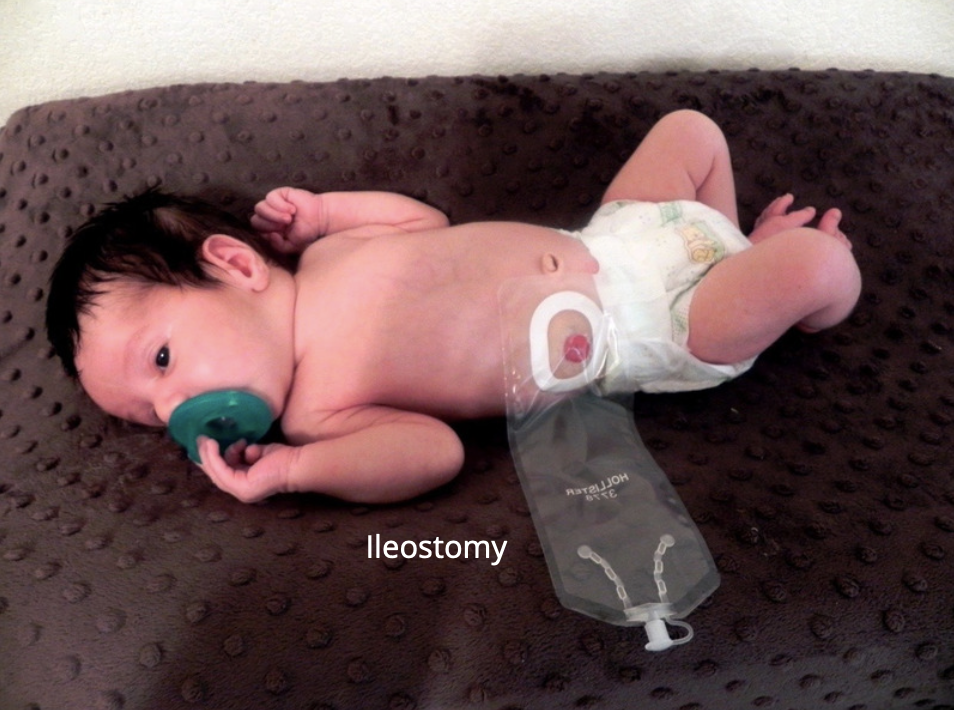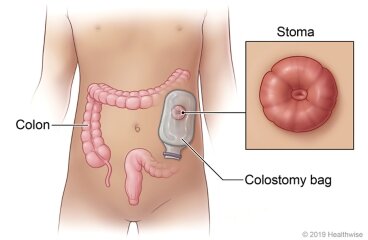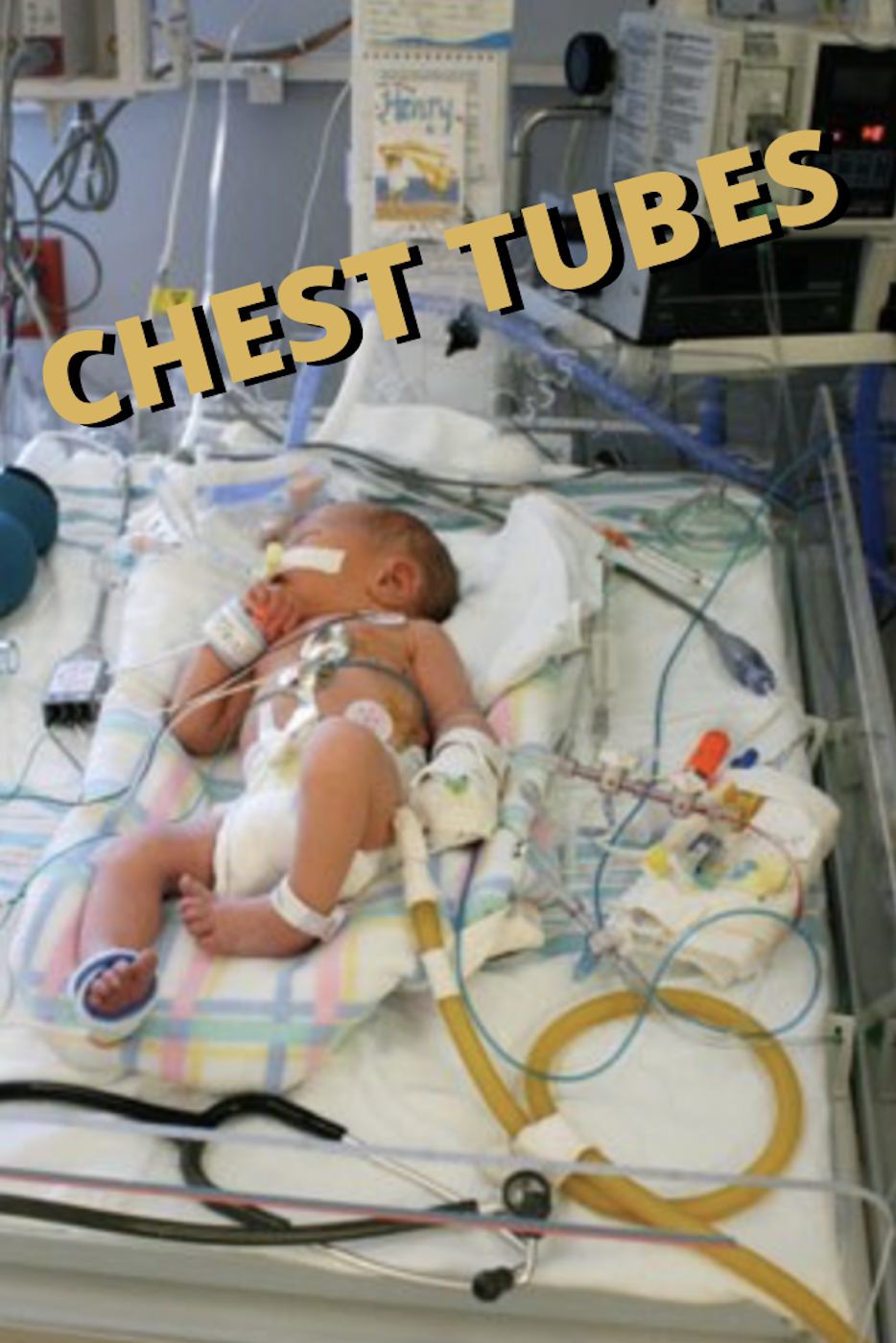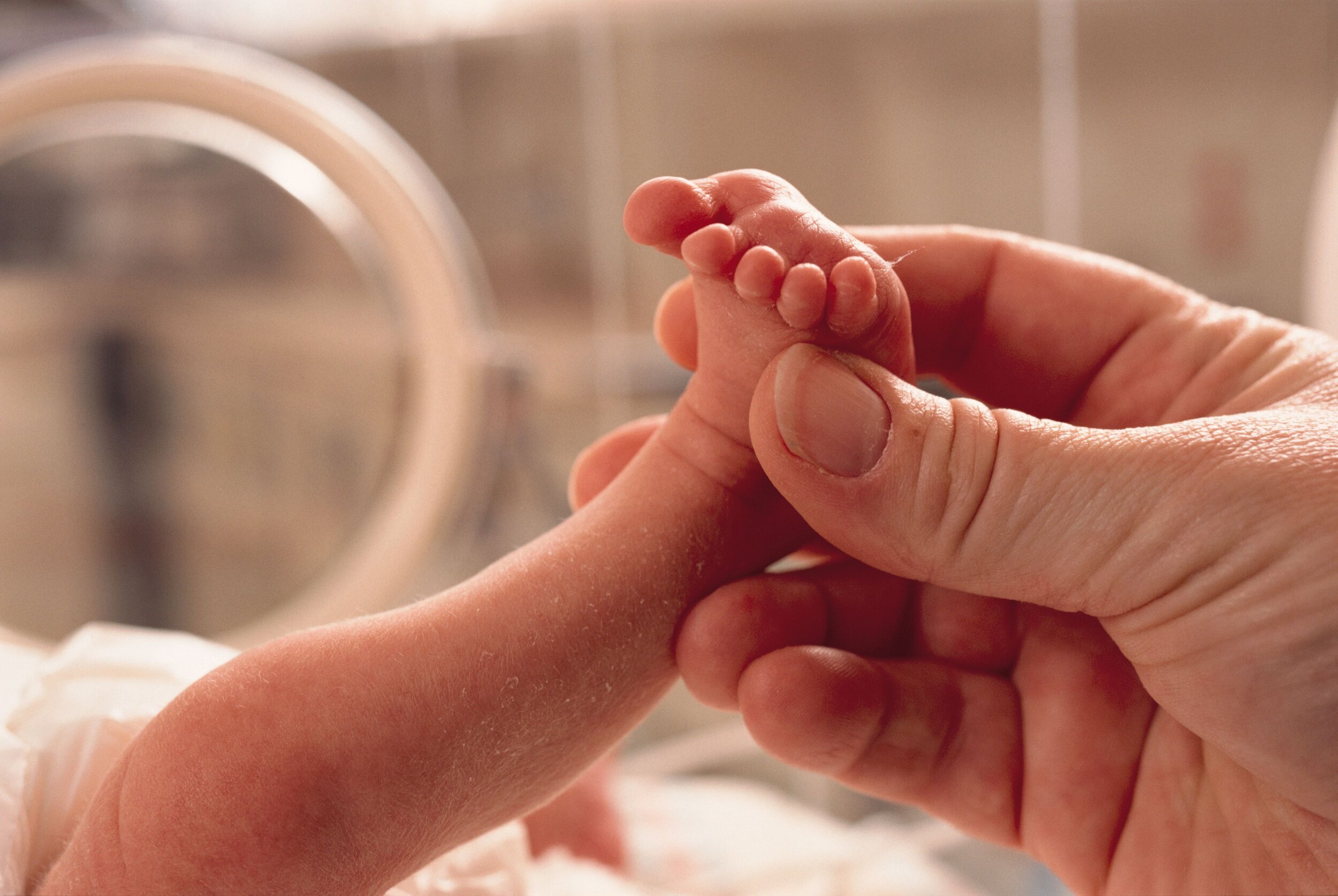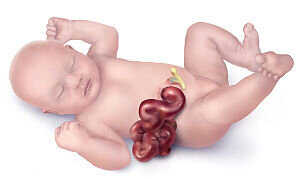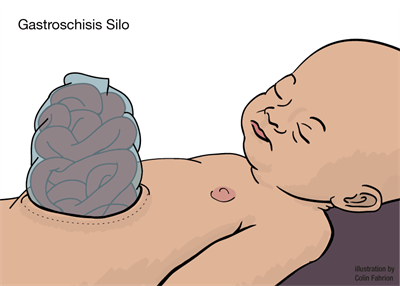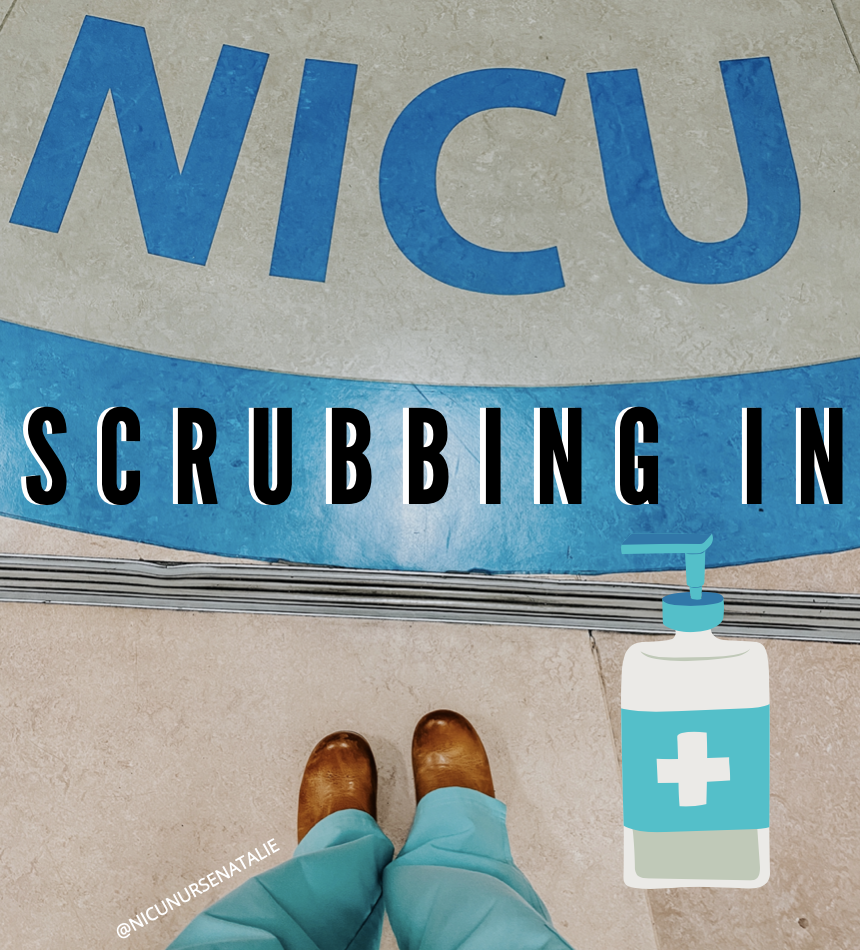As the world embraces the use of face masks in accordance with local and state guidelines, an irritating side effect has emerged. For many people, this has caused embarrassing and unpleasant blemishes, pimples, and zits—or what dermatologists have affectionately dubbed “maskne.”
Many healthcare professionals and front-line workers are most at risk because their masks are tighter-fitting and they are wearing them for +12 hour shifts. Due to the seal needed from our PPE in order to keep the virus at bay, the occlusion from the mask is causing our pores to clog and blackheads & whiteheads to form.
As a result of the mechanical friction of thick, uncomfortable fabric against our skin coupled with the stress from the pandemic, this is causing an increased moisture-rich environment that’s ideal for bacteria and organisms to proliferate.
A lot of people have noticed that their skin is breaking out even though they may not have suffered from this condition before. This is because mask use combined with poor hygiene can worsen skin issues that already exist and can even cause new ones to form. Add in the summer heat and humidity and you’ve got yourself a petri dish for breakouts.
Personally, I have been hit pretty hard by maskne and have started to notice pimples on my chin & surrounding my mouth. If you’re like me and have to constantly wear three layers of masks on your face (an N95 topped with a surgical mask to keep it clean, plus a face shield), you’ve probably started to breakout, too.
Unfortunately, masks aren’t going anywhere anytime soon, and since we can't—or shouldn't—stop wearing masks for the foreseeable future, it’s probably time that we do something about this and start treating our maskne!
Here are 5 of my own personal tips to help you combat your maskne:
Wear a mask that is 100% cotton. This is a good compromise because it allows your skin to breathe a bit. Before you buy your next mask off Etsy, from your neighbor, or reach into that donation bin at work, look at the tag to see what it’s made out of.
Wash your mask DAILY! This one may be a bit obvious. As the temperature rises and you sweat more, you’ll need to keep your mask clean. You don’t want all of that oil, sweat and dirt to sit there and then get reapplied to your face constantly. Think about all of the microbes that have been growing in the weave of the fabric. We are wearing the same mask every single day. In addition to hand hygiene, we should be focusing on mask hygiene, folks!
Breakup with makeup. Personally, this one has really worked for me. Since no one can see my face anyway, I’ve found makeup to be virtually pointless these days. However, if you can’t live your life foundation-free, dermatologists recommend using a tinted, fragrance-free moisturizer.
Exfoliate! There are so many benefits associated with exfoliating. It helps to remove debris, dead & dry skin, unclogs pores, and cleanses & nourishes your skin. I guess you could say it’s a form of detoxification for your face.
Use a disinfecting mouthwash throughout the day. I don’t know about you, but I have become an obligatory mouth breather nowadays. Our mouths are swimming in bacteria, and it’s true that the bacteria in our mouths exacerbate the acne on our face. When we exhale bacteria through our mouths, our masks are blocking and trapping this bacteria and shooting it directly onto our faces. Yuck! I have started to bring a travel size bottle of mouthwash in my work bag and intermittently rinse my mouth through my +12-hour shift. I am telling you, it works!
To purchase this mask: CLICK HERE!



